SUNDAY JOINT, 11-12-2023: ALOHA AND THANK YOU, MARK MARTINSON – “HE WAS IMPOSSIBLE NOT TO LIKE!”
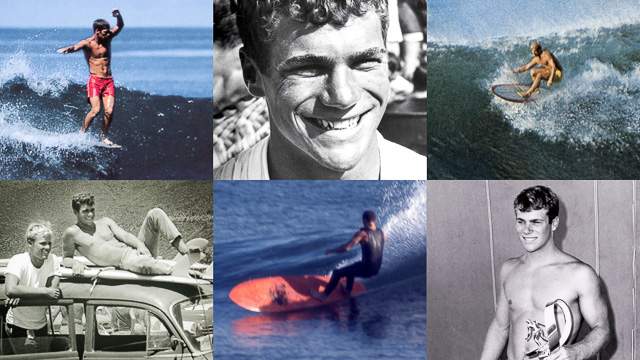
Hey All,
The bottom turn used to be the maypole of surfing maneuvers, the nucleus, the move around which all other moves depended on and circled around and took orders from, but also, in the right hands, a spectacular thing in and of itself, and while Jeff Hakman was and remains my own personal bottom turn Shiva, the first surfer to actually imprint on my barely-salted nine-year-old mind as a heavy gouger of troughs was Mark Martinson.
Specifically, Mark Martinson on the cover of the January 1970 issue of SURFER. There wasn’t a surfer alive, Hakman included, who didn’t want to turn the way Martinson is turning in that photo—low and compressed, head raised, eyes forward, G-forces gathered and pulled and deployed, the inside rail of Mark’s red-on-red Harbour surfboard buried to the stringer and that long swept-back yellow fin fully visible and threatening to break loose and send the whole thing into a cartwheeling wipeout, except this very clearly is not Martinson’s first five-star bottom turn and he knows to the millimeter just how far to push it.
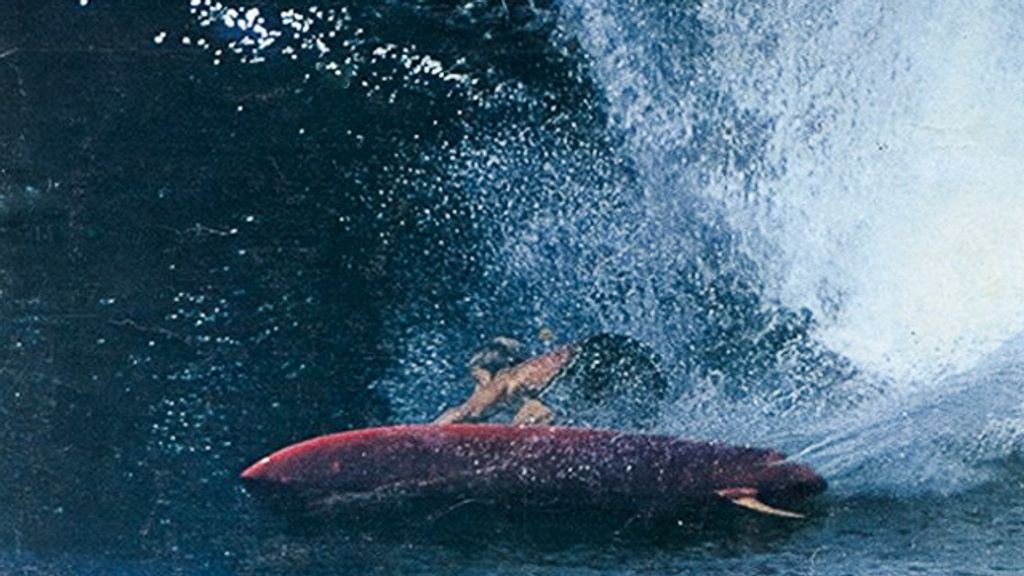
Martinson, who died this week at age 76, is a mostly forgotten figure in surfing. He transitioned smoothly from longboards to short, changed his game without trouble, won contests along the way, did the turns that I’m raving about here. But he faded from view not long after that cover shot appeared. His sky-high visibility during the back half of the ’60s was in part the result of him keeping a step ahead of the Army draft board by grabbing a seat on every surf trip, foreign and domestic, made by filmmakers Greg MacGillivray and Jim Freeman. Finally caught after six low-key years on the run, Martinson did just three weeks of basic training at Ford Ord before washing out due to asthma. By that time (1971), he was married and looking for an actual career (pro surfing was embryonic; two-digit winner’s checks were not uncommon), and thus began a lifetime of carpentry and commercial fishing, with some production shaping on the side, and frequent golf outings. The jobs came and went. The Martinsons remained married. The years and decades passed, happily.
And that’s the point. Mark Martinson’s place in surf history doesn’t so much rest on that seismic bottom turn or his 1965 US Surfing Championships win or a star billing in MacGillivray-Freeman’s Waves of Change as much as it does on the way Martinson looked moving toward, and through, those events. The enjoyment he breathed in, almost as a default setting, which then seemed to compound within and radiate back into the world at an even higher grade of enjoyment. Martinson was “impossible not to like,” as Drew Kampion put it, funny and plain-spoken, kind, easy to be around, but slightly roughneck as well. He always knew who he was. Living and surfing through the most warbled and fractured period in the sport’s history, Martinson, more so than any of his high-profile peers, was unaffected and unmoved by the sativa-scented winds of change. He grew a nice set of John Fogerty sideburns and wasn’t above calling his fellow wave-rider “brother,” but that was as far as he went with the counterculture. In a 1970 SURFER questionnaire titled “What Is Surfing?” Martinson went out of his way to distance himself from the woo-woo lean of the article itself. For example:
Q: What is surfing? Sport, art, religion, mystical experience, etc?
A: Get heavy on this, boys. Bullshit. Why does it have to be classified as anything?
Q: What other experience parallels surfing?
A: Riding dirt bikes.
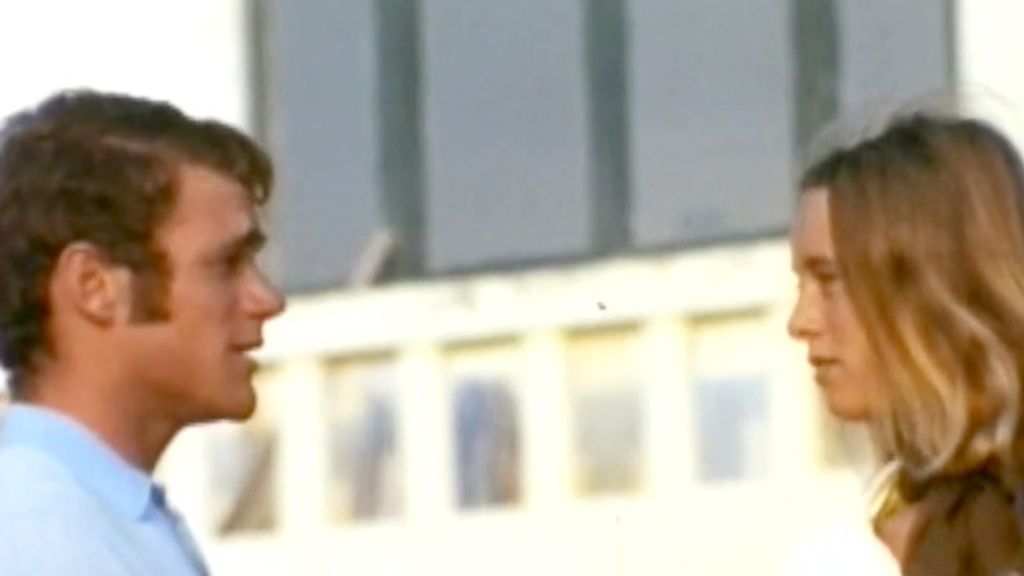
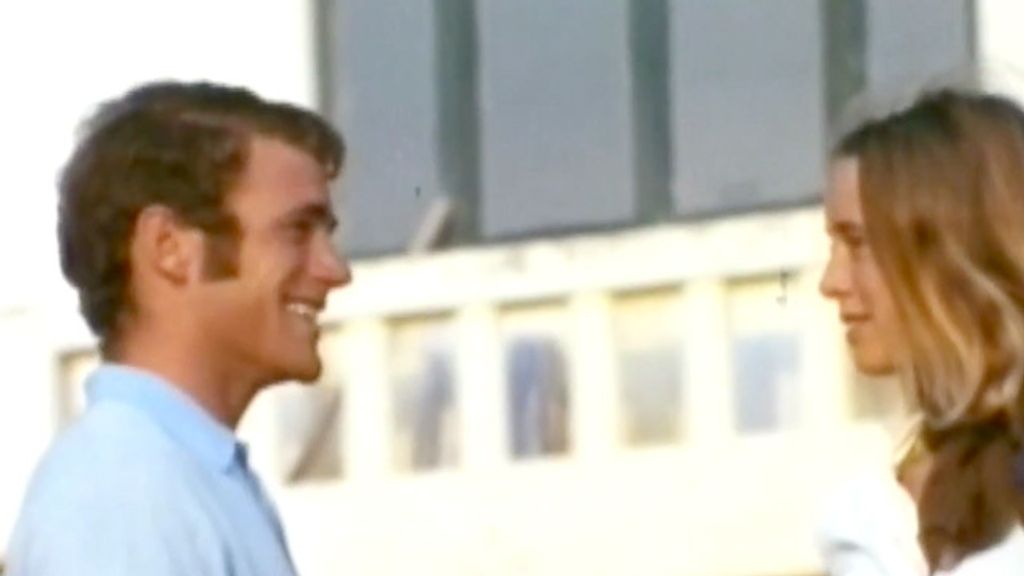
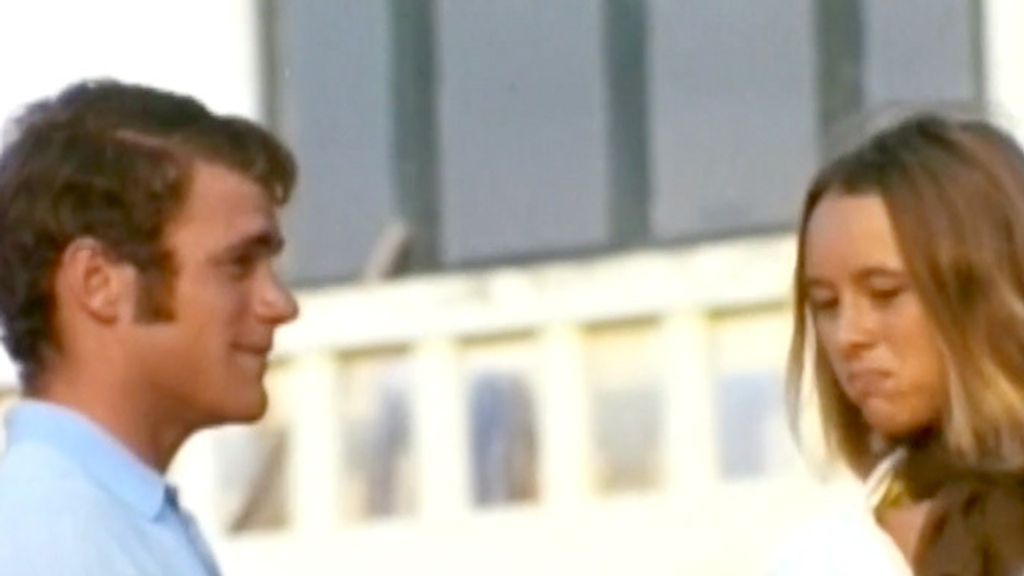
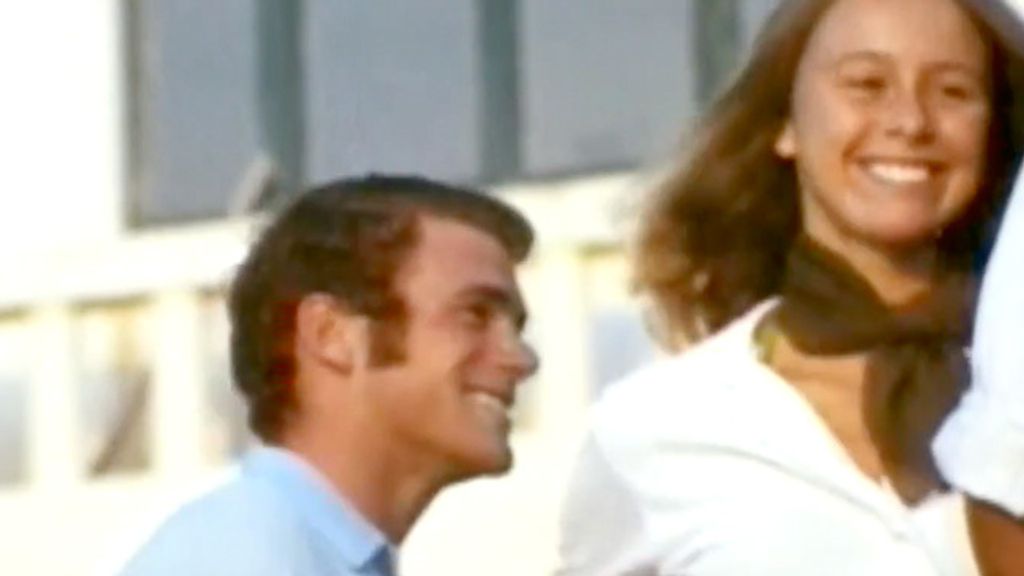

Nearly everything you need to know about Martinson was present in his smile, which was open and all-encompassing, bright enough to land a plane by, two parts Doris Day, one part Jack Nicholson. You get four variations of the Martinson smile in this clip, and I recommend watching to the last shot, of Mark on the make in Biarritz and getting gently shot down. Or maybe not, it’s open to interpretation.
Aloha and RIP to a man in full. Seventy-six is a little on the young side, maybe, but you’d have to say Mark went above and beyond in terms of both creating and receiving love and friendship and goodwill. His marriage was 50-plus years old and going strong when he died, and you wouldn’t get very far into a Mark Martinson wake, I’m guessing, without somebody raising a laugh, followed by more laughs, and tears too, but it would no doubt be a joyous and probably fairly boozy affair.
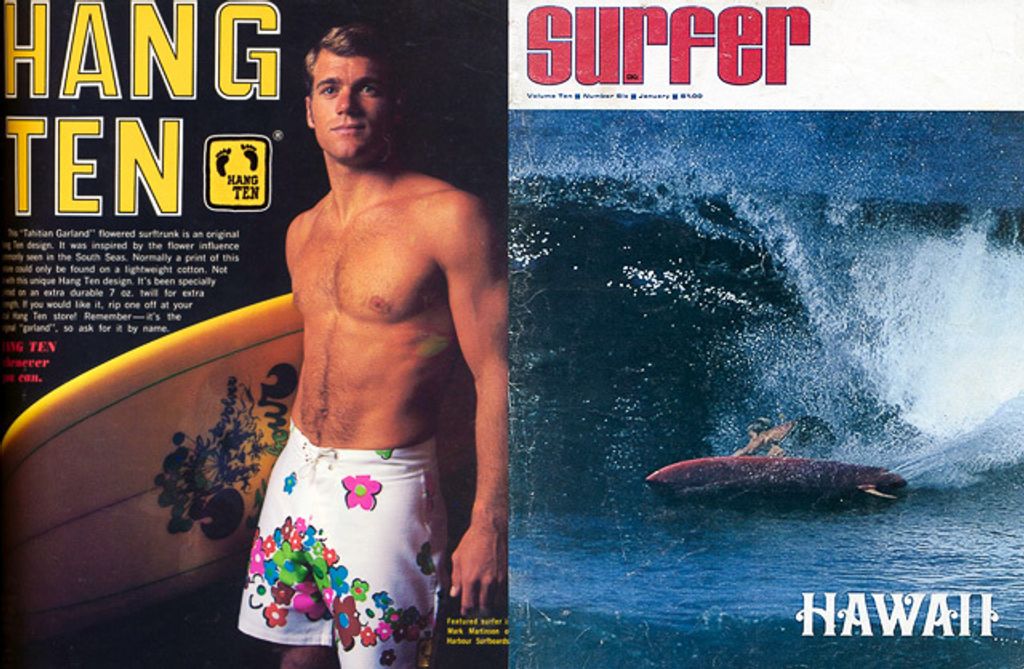
I was about to say the bottom turn brought Mark Martinson to my attention but the smile, like the Cheshire Cat, is what remains; looking at this cover shot one last time, hell, why bother, I’m making an unnecessary reduction. It’s the turn and the smile, both powerful, raise them up side-by-side on Martinson’s pedestal, there’s room enough.
Thanks for reading and see you next week.
Matt
[Photo grid, clockwise from top left: Mark Martinson in Mexico, 1964, photo by Leo Hetzel; Martinson smile; surfing Haleiwa, 1968, photo by Steve Wilkings; young trophy winner; 1969 Trestles cutback, photo by Brad Barrett; lounging at San Miguel in 1964, photo by Rich Harbour. Bottom turn photo by Greg MacGillivray. Martinson in Biarritz, 1968, screengrabs from Waves of Change.]